In the early 60’s you didn’t have to build a hot rod – the factory did it for you. Witness, the 1963 Dodge Polara 333 and Ford’s Galaxie F500XL of the same year.
This article was originally published in Street Machine Hot Rod #16
THERE is something immensely satisfying in watching a big car get down the quarter-mile way quicker than Mother Nature – and the laws of physics – ever intended. It’s easy to make a light car go quick; hot rodders have been doing it for close to 100 years. Get a small car and put the biggest engine you can find – or afford – in it, then go racing. It’s a tried and true method for going fast, but some people like to take the path less travelled and make big old boats go hard.
Todd Keen is one of those guys, and he’s pretty good at it. We featured his ZC Fairlane in SM Fords #8 back in 2006, a big block-powered beast that ran deep into the 10s.
But while he’s mostly a Ford guy, Todd’s not so one-eyed that he can’t see that all the manufacturers had some very cool cars back in the early 60s. Indeed, that period from the late 50s through to the early 60s saw some amazing vehicles roll off the production lines of every major car maker, and while they might not be hot rods in the strictest definition of the term, you can bet your arse they were designed and developed by hot rodders. The factories had seen the popularity of drag racing and needed to get in on the action: Race on Sunday, sell on Monday. They began bringing out some pretty heavily modified cars, stretching the definition of ‘stock’ to the absolute limit.
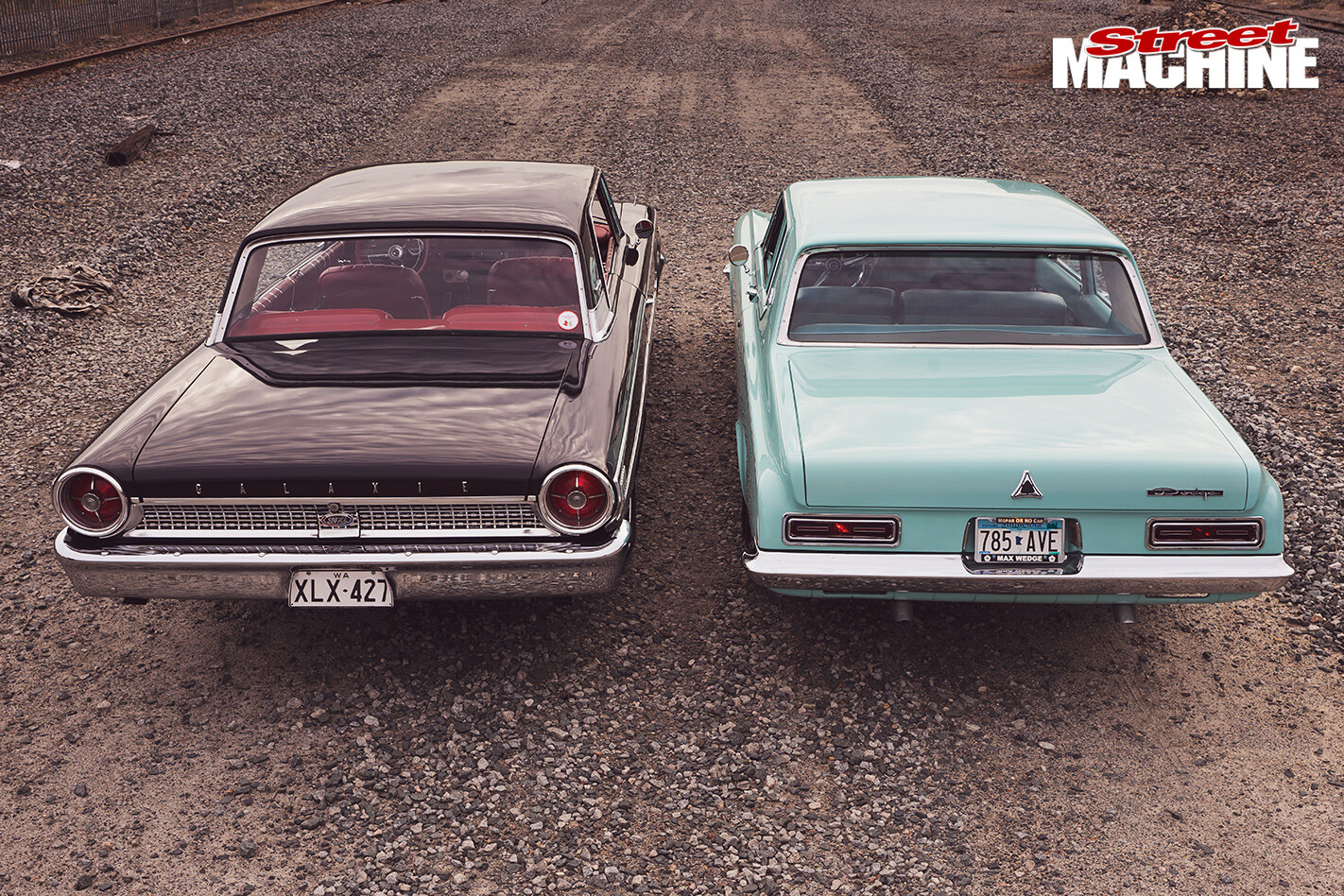 “From ’61 through to about ’64 the factories were fully supportive of drag racing and there was a huge surge in super stockers,” Todd says. “Before the muscle car came out with the ’64 GTO, [it was] family sedans that you would go and race. They were the highest level of performance that was available, but they still just looked like stock cars. That’s the sort of thing I’m really interested in and the era that appeals to me the most. If I had a squillion dollars and a huge shed, I’d have one of every brand.” Wouldn’t we all?
“From ’61 through to about ’64 the factories were fully supportive of drag racing and there was a huge surge in super stockers,” Todd says. “Before the muscle car came out with the ’64 GTO, [it was] family sedans that you would go and race. They were the highest level of performance that was available, but they still just looked like stock cars. That’s the sort of thing I’m really interested in and the era that appeals to me the most. If I had a squillion dollars and a huge shed, I’d have one of every brand.” Wouldn’t we all?
“Ford had a fibreglass bonnet, bumpers, front guards and a few other bits inside the car, but they were also completely stripped down, bare-bones ‘delete’ cars,” Todd continues. “No sound deadener, thin rubber floor mats instead of carpet inside, stuff like that.
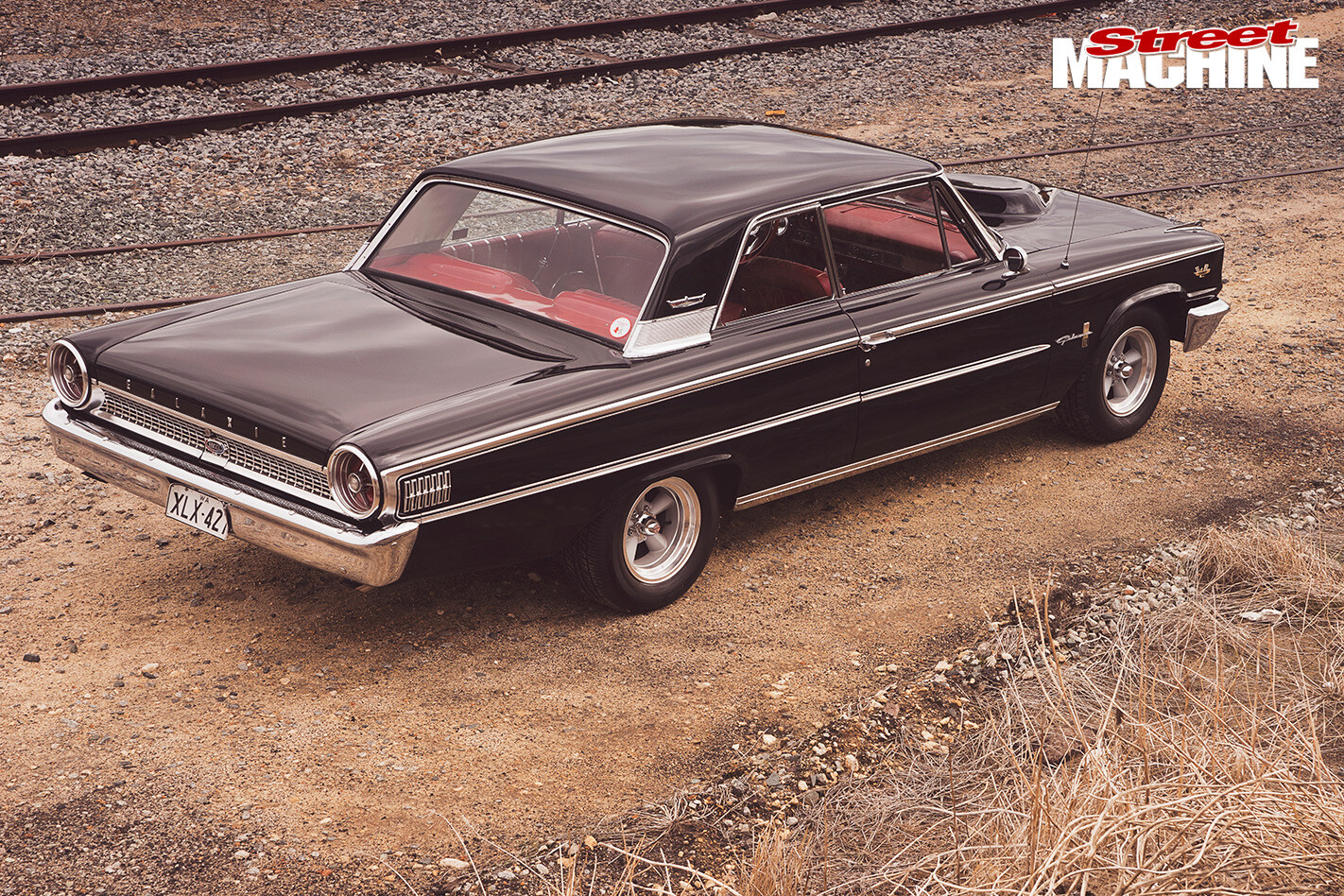 “The Z11 ’63 Chevys had an aluminium nose and a 427 version of the 409 W-motor. Pontiac even went to the extent of drilling holes in the chassis rails of their 421 Super Duty cars; that’s where they got the ‘Swiss cheese’ nickname.
“The Z11 ’63 Chevys had an aluminium nose and a 427 version of the 409 W-motor. Pontiac even went to the extent of drilling holes in the chassis rails of their 421 Super Duty cars; that’s where they got the ‘Swiss cheese’ nickname.
“Dodge and Plymouth also brought out an aluminium front-end kit for their cars.”
While the full-house race specials were usually reserved for the big names of the day, your average Joe could still walk into a dealership and order a thinly veiled race car: “Chrysler had two versions of the Max Wedge engine,” Todd explains. “There was a streetable version – they called it streetable – and it was 11.5:1 compression. Then there was a full-on one with 13.5:1 compression! You could just go into the showroom and buy it off the floor and then drive it around. Pretty wild!”
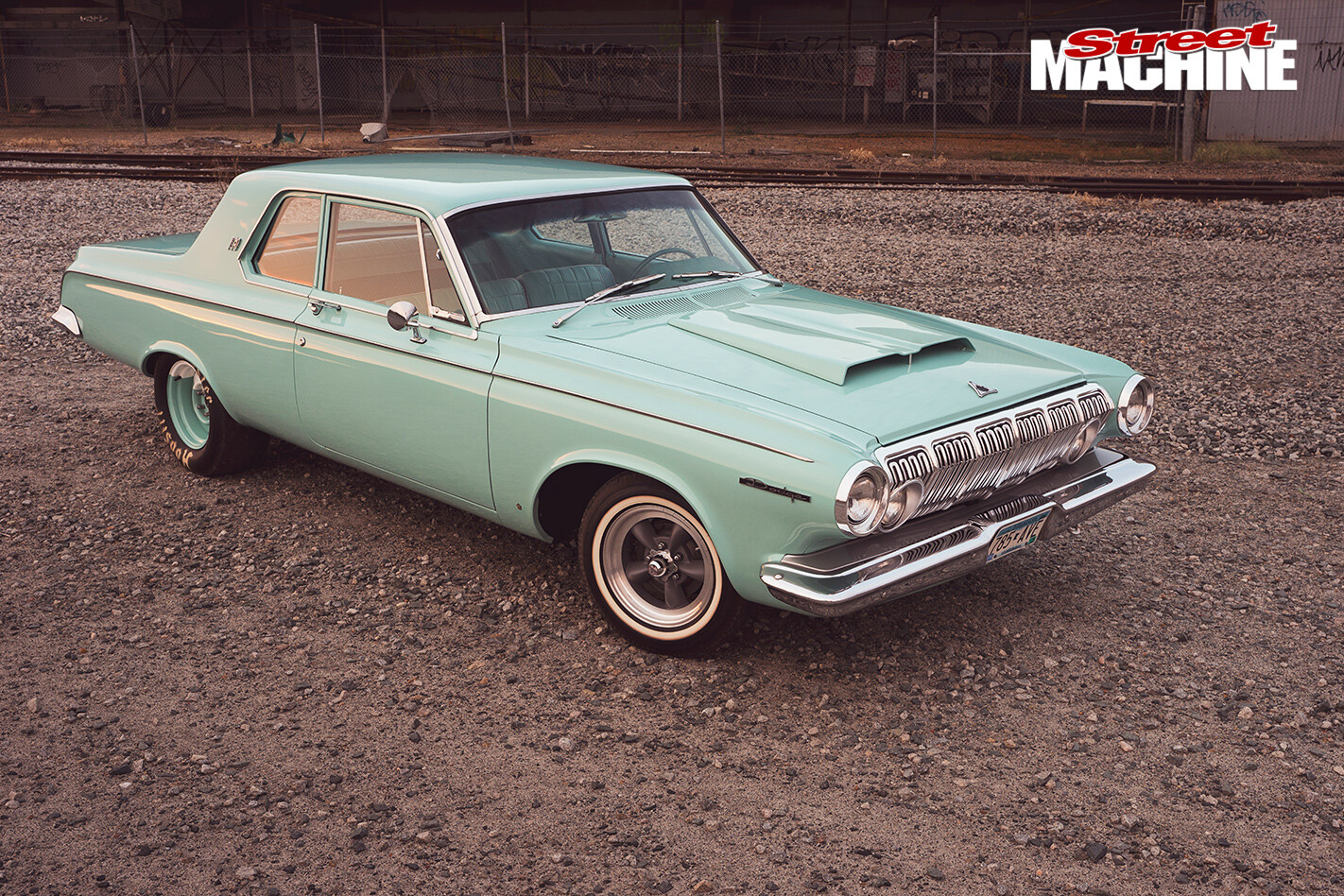 It would have been a great time to be buying a new car, but as Todd wasn’t born at the time, he found another way to live his dream, one that he’s had since he was a teenager. “In ’84 or ’85 – I’ve actually still got the magazine, an old Car Craft I bought back then – they had a series about the history of muscle cars starting in ’62 or ’63 and they had a picture of exactly the same car as my Dodge, but it was an engineering line drawing so you could see everything cut away.
It would have been a great time to be buying a new car, but as Todd wasn’t born at the time, he found another way to live his dream, one that he’s had since he was a teenager. “In ’84 or ’85 – I’ve actually still got the magazine, an old Car Craft I bought back then – they had a series about the history of muscle cars starting in ’62 or ’63 and they had a picture of exactly the same car as my Dodge, but it was an engineering line drawing so you could see everything cut away.
“I remember seeing the cross-ram intake manifold, the big exhaust manifolds and the factory cut-outs for the exhausts and I just couldn’t believe that a car came out like that from the factory. It just really blew my mind and it’s sort of stuck in my head ever since.”
Todd got his super stocker eventually, but while he was putting it together, he needed something just as cool to cruise around in, and that’s where the Galaxie comes in.
The Ford
 I BOUGHT the Galaxie pretty much as you see it, but did a full mechanical rebuild on the car,” Todd says. “It’s been resprayed at some stage, but it is an original Raven Black with red interior car. It’s a 500XL, and the XL is supposed to stand for Extra Lively, so it was supposed to be a sportier version.”
I BOUGHT the Galaxie pretty much as you see it, but did a full mechanical rebuild on the car,” Todd says. “It’s been resprayed at some stage, but it is an original Raven Black with red interior car. It’s a 500XL, and the XL is supposed to stand for Extra Lively, so it was supposed to be a sportier version.”
The car was originally a 390 four-speed car, but Todd has treated it to a bit of an upgrade, though he’s kept it all true to the era: “The G-code 406 was 405hp with the triple carburettors,” he says, but Todd’s version has been stretched to 462 cubes. “They originally came with a T-10 but I put the wide-ratio top loader in it that came out in ’64. The Galaxie is such a huge car, but with the four-speed gearbox and the powerful engine, it’s still something you can throw around and it goes pretty quick.”
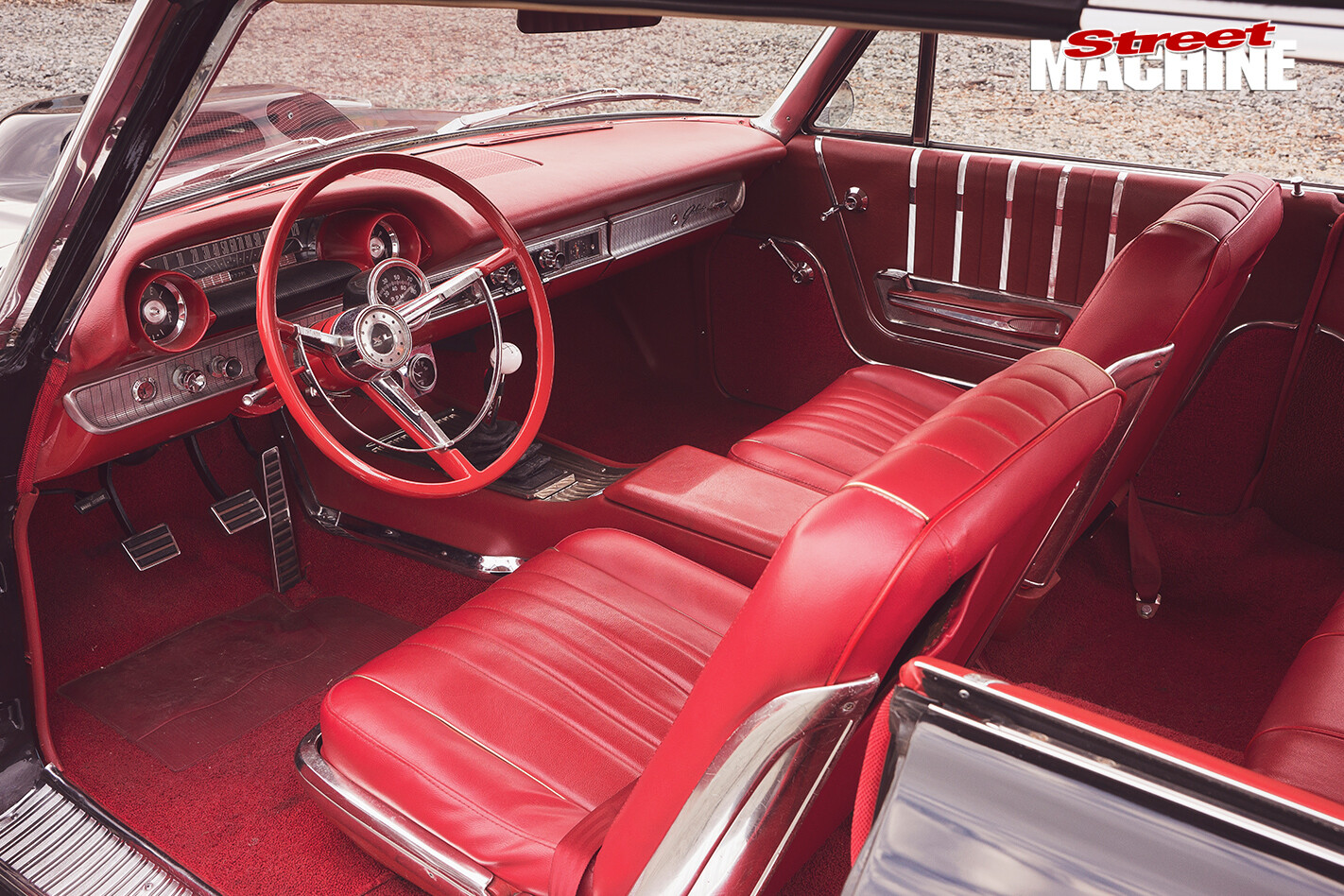 Todd admits that the 406 – which is effectively an overbored 390 – was a bit of a stop-gap engine while Ford were developing the 427. But while he hasn’t had the chance to get the Galaxie down the quarter with the bigger donk, it should be good for a low 12 or high 11 with 545hp at the crank, a figure that was achieved using the factory exhaust manifolds!
Todd admits that the 406 – which is effectively an overbored 390 – was a bit of a stop-gap engine while Ford were developing the 427. But while he hasn’t had the chance to get the Galaxie down the quarter with the bigger donk, it should be good for a low 12 or high 11 with 545hp at the crank, a figure that was achieved using the factory exhaust manifolds!
With the big Gal weighing in at around 4300lb, it’s not surprising that Ford went looking for ways to put the cars on a diet! “Ford actually started the lightweight program in ’62; they even produced one or two complete fibreglass bodies, but by the time they put enough fibreglass in it to make it structurally sound, it wasn’t much lighter than a normal body,” Todd explains. “The early ’63 lightweights were all actually ’62 cars that Ford sold a ’63 body to – with all the fibreglass panels – and they swapped them on to the chassis. They’re a full-chassis car, so you could do that.
 “That was also a problem because the Fords were also a heavier car, especially compared to the Dodges and Plymouths as they were unibody cars. That’s why, in ’64, they brought out the Thunderbolt Fairlanes. It was the lightest car they had and they squeezed the biggest engine they had into it.”
“That was also a problem because the Fords were also a heavier car, especially compared to the Dodges and Plymouths as they were unibody cars. That’s why, in ’64, they brought out the Thunderbolt Fairlanes. It was the lightest car they had and they squeezed the biggest engine they had into it.”
You’ll be happy to know that Todd also has one of them in the build, although it is being built to current ANDRA specs and will be raced in Super Sedan. Still, it will be lettered up to look just like a super stocker from the 60s.
The Dodge
 WHILE the Ford was a pretty tidy car that was treated to a complete mechanical upgrade, the Dodge has had the full makeover, taking around five years to complete. “I bought the Dodge from a guy up in Minnesota, but I’m not sure where he got it from,” Todd says. “He’d done a bit of work, replaced the floorpans with good-quality repro ones. But with the exterior it was almost a toss-up whether I should leave it as it was – it had a real faded patina look to it. But I knew if I left it like that I wouldn’t have been happy with it in the long run.”
WHILE the Ford was a pretty tidy car that was treated to a complete mechanical upgrade, the Dodge has had the full makeover, taking around five years to complete. “I bought the Dodge from a guy up in Minnesota, but I’m not sure where he got it from,” Todd says. “He’d done a bit of work, replaced the floorpans with good-quality repro ones. But with the exterior it was almost a toss-up whether I should leave it as it was – it had a real faded patina look to it. But I knew if I left it like that I wouldn’t have been happy with it in the long run.”
The aqua exterior hue and turquoise interior are original to the car, but Todd admits it wouldn’t be a colour he’d have chosen: “To be honest, green is probably my least favourite colour for a car, but I thought it was such an unusual colour – although fairly typical for an early-60s car. But if I was to go into a showroom and order a Max Wedge car, this would probably have been the least likely colour to pick. It just makes it that little bit different.
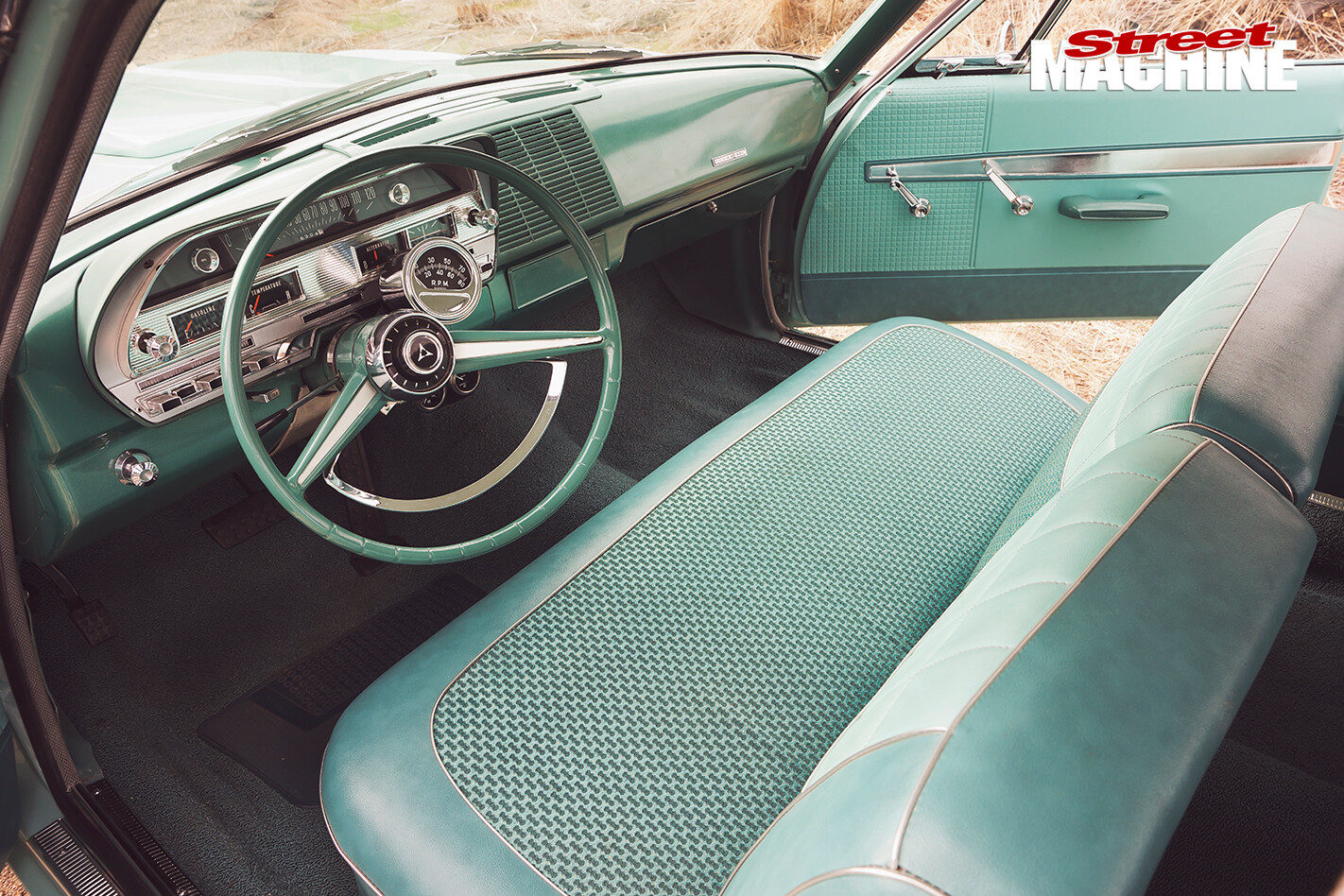 “It goes back to the theme that the early super stockers were just stock-looking cars and if you pulled up next to one at the traffic lights, you never knew what was under the hood.”
“It goes back to the theme that the early super stockers were just stock-looking cars and if you pulled up next to one at the traffic lights, you never knew what was under the hood.”
We know exactly what’s under the hood of this one, and as wild as they were back in 1963, Todd has stepped it up considerably, both in capacity and horsepower, making 613hp at the crank through the factory exhaust manifolds. “The entire build for this car has been inspired by the Factory Appearing Stock Tire class racing they have in the US. I love the idea of a car that looks like it came off the showroom floor, but still runs really hard and fast,” he says.
Todd has tried to keep the engine and car looking as factory-original as possible, but unlike in FAST racing, where you have to use all of the correct factory castings, that didn’t concern him. The 440 block is overbored 55thou to 4.375in, and a 4.25in stroker crank gives it 511 cubes. Todd had planned to use ’64 Max Wedge heads on the engine, but ran into some dramas: “I bought a pair from ‘evilbay’, but only ever received one head. After many years of chasing the vendor and going through evilbay resolution, I ended up with one head. Great.”
 A pair of alloy heads were purchased from 440 Source instead, and Jeff from MCH ported them to Max Wedge size. These heads look very much like factory items externally, so with a coat of paint, they look the part, but they also flow better and are lighter. The intake is a repro cross-ram from A&A Transmissions with a pair of original Carter 750cfm AFBs.
A pair of alloy heads were purchased from 440 Source instead, and Jeff from MCH ported them to Max Wedge size. These heads look very much like factory items externally, so with a coat of paint, they look the part, but they also flow better and are lighter. The intake is a repro cross-ram from A&A Transmissions with a pair of original Carter 750cfm AFBs.
The reproduction cast manifolds feed into a production dual exhaust with cut-outs – just like in the drawing that originally caught Todd’s eye – and the cam is a Comp solid-roller using the XE street lobes with 254/260deg duration at 50thou. Ignition is a factory tach-drive electronic distributor firing a MSD 6AL hidden under the dash.
With 10.3:1 compression, the donk is very streetable on 93-octane pump gas.
It might be streetable, but I’ve seen this car run down the quarter in 10.996 seconds – on a seven-inch slick! “I raced it with the exhausts capped and it did an 11.4, and the next run I dropped the exhaust and it went straight down to an 11.1. It definitely makes a big difference. Taking off the air cleaners and putting the velocity stacks on, it went down to an 11.0,” Todd says.
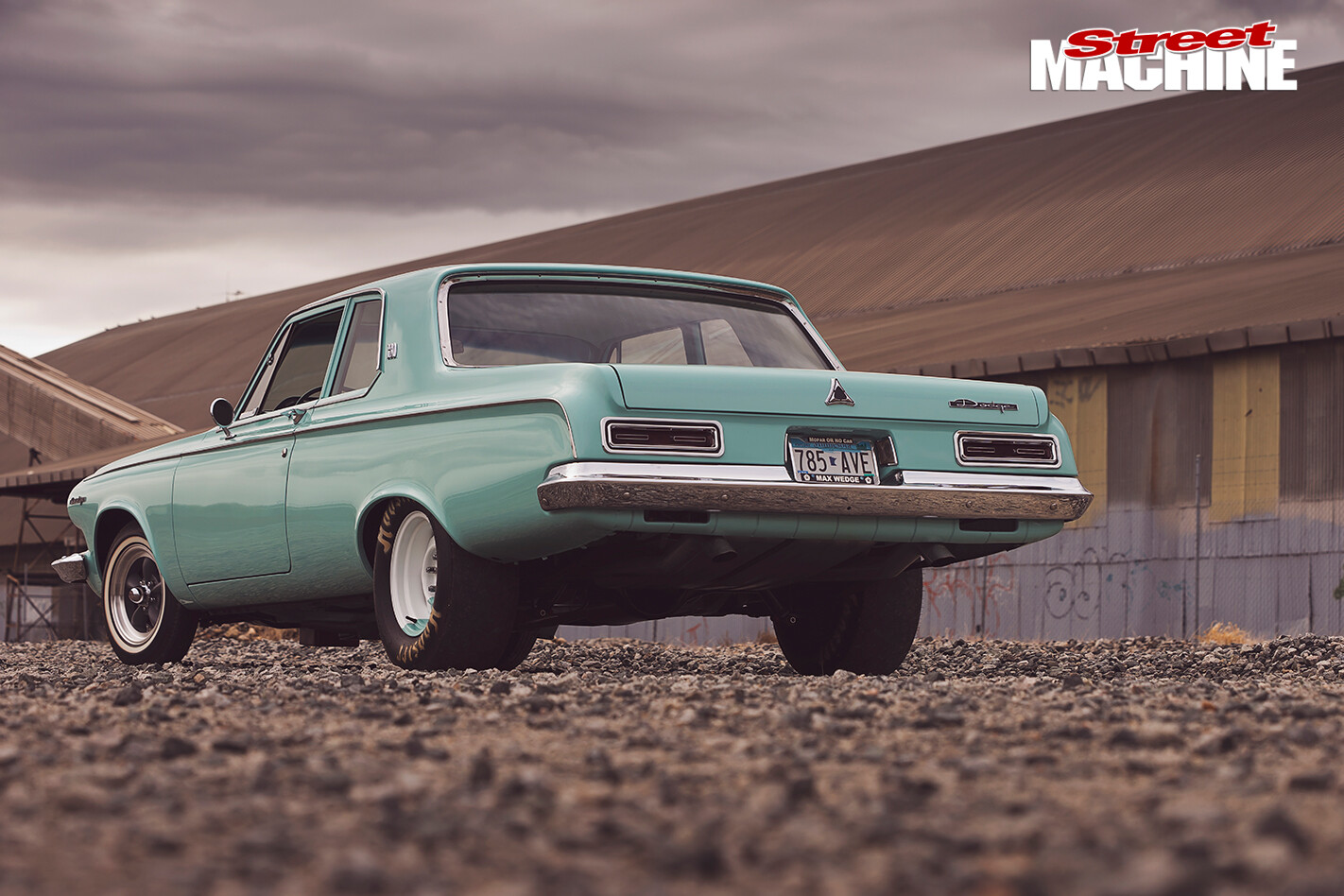 “What really impresses me with the Dodge is the fact that it’s only got Chrysler Super Stock leaf springs, a pinion snubber and adjustable shocks, and it will lift the front wheels off the ground and do 1.54sec 60ft times. It’s a testament to the design that Chrysler had back in the day. Some people might say the engineering is a bit out there, but it bloody works!
“What really impresses me with the Dodge is the fact that it’s only got Chrysler Super Stock leaf springs, a pinion snubber and adjustable shocks, and it will lift the front wheels off the ground and do 1.54sec 60ft times. It’s a testament to the design that Chrysler had back in the day. Some people might say the engineering is a bit out there, but it bloody works!
“Original cars, if they do come up for sale, are US$200,000 or more,” Todd continues. “Yes, my cars are clones and I’ve got no problems admitting to that, but that doesn’t stop me from bashing them on the strip and having a good time with them. If they were genuine cars I’d be scared to change anything or modify them. These ones, you can go out there and beat up on them like they were designed for.”
And that sounds like a whole lot more fun than pushing them in and out of climate-controlled trailers.

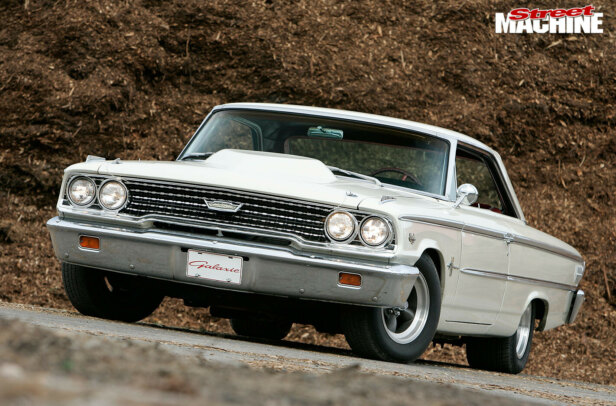


Comments